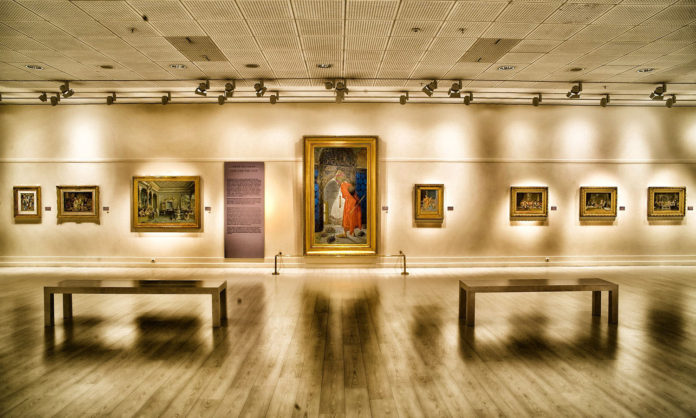
In a post on DIY MFA, Linda Moore share five tips for writing about the art world. “For readers who enjoy learning about art and history while being engaged with a good story, the art world appeals as the perfect setting,” she says. “Like any book set in a specialized setting, such as a medical setting or a police station, solid research of the environment, specialized vocabulary and the internal motivation of the characters is required.”
Moore suggest five things you need:
- Passion for the Art World. “Spend time with works that capture your heart and as a writer you will begin to understand the motives of characters obsessed by art and write credible scenes set in the art world,” she says.
- Art Research. With passion for your subject, research will be a pleasure. “Careful research will save you from being dismissed and readers will suspend their disbelief to take the narrative journey with you,” Moore writes. “While the internet is a good starting place, always double-check with authoritative sources, including making friends with art librarians, art historians, conservators, and other art professionals who can help you get the facts correct.”
- Build a Community of Art Professionals and Aficionados. Find people who share your interests by joining a museum or taking an art history class. Share your passion for art and what you’ve learned while you build a community where you can ask advice and check facts.
- Look at Art, Follow Art Auctions, and Read the Art Press. If you’re passionate about your subject, you’ll find many ways to follow news about it. “The art press offers so many ideas for scenes in your novel or maybe even the entire plot might be ripped from the headlines,” Moore says. “Most great mysteries and even thrillers have their roots in true stories, and art world narratives are no exception.”
- ‘See’ With Words. Learn the vocabulary you’ll need to describe art with specific, accurate terms and sensory language. Read articles and books by others who do this well, Moore advises.










